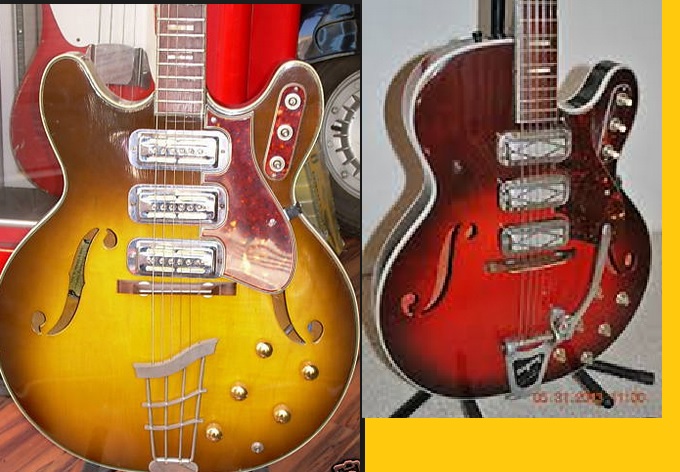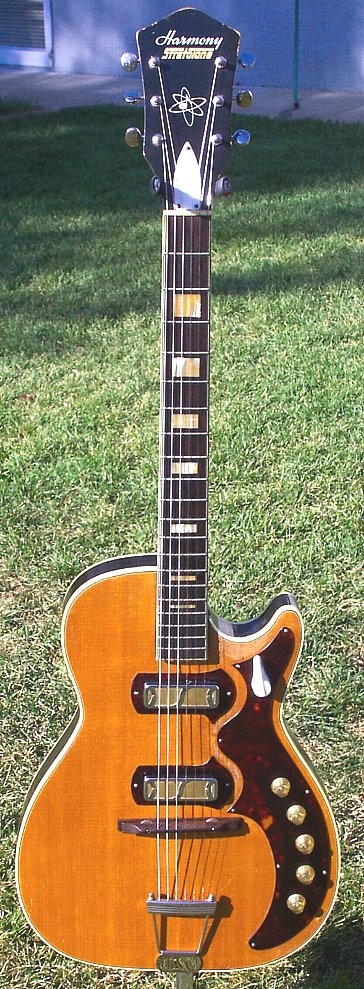

These new Epiphones were based on existing Matsumoku guitars, sharing body shapes, and hardware, but the Epiphone line was somewhat upgraded, with inlaid logos and a 2x2 peghead configuration. The Matsumoku factory had been producing guitars for export for some time, but the 1820 bass (alongside a number of guitar models and the 5120 electric acoustic bass) were the first Epiphone models to be made there.

The higher-end American companies like Guild, Gibson and Fender struggled to some extent too, but the imports were generally aimed at student guitarists rather than professionals.īy the end of the 1960s, a decision had been made to move Epiphone guitar production from the USA (at the Kalamazoo plant where Gibson guitars were made), to Matsumoto in Japan, creating a line of guitars and basses significantly less expensive than the USA-built models (actually less than half the price). Harmony's market share of entry and intermediate-level instruments was it's downfall in the mid-1970s, as it found itself unable to compete with the competition from overseas (particularly Japanese) manufacturers. a Fender Stratocaster is a Fender Stratocaster, irrespective of it's finish, in many cases Harmony split it's models, giving a different model designation depending on finish, inclusion of a tremolo etc. Several notable ranges of similar guitars were produced with different finishes and features whilst some companies lumped all variants together with a single model name - i.e. Harmony, like many other early guitar manufacturers, used some very fine tonewoods in the production of instruments: spruce tops, maple, African mahogany and birch backs and sides, South American mahogany, maple and poplar necks and rosewood fingerboards and bridges. From 1962, some processes - final assembly, inspection, and shipping - was moved to plant 2, about a mile away (bottom right). Harmony had been producing instruments in America since 1892, and used a number of different premises in Chicago, however from 1940 instrument production was performed at the Racine Avenue factory (plant 1, top right).

Harmony Chicago guitar plants 1 and 2, opened in 19 respectively

By inspectors who know that Harmony's heritage of fine instrument making depends on how carefully they check each detail of adjustment and playability before the name Harmony may be affixed to the instrument By experienced finishers, who give thoroughgoing individual care to each instrument as it passes through their hands By skilled craftsmen fully trained in innumerable precision hand operations - and the use of most modern equipment- for that closeness-to-perfection which is our constant goal So you can be sure that, while every Harmony instrument has the same basic characteristics for which all Harmony products are noted, each individual instrument has had dozens of man hours devoted just to it alone They were slow, however, in committing to the solid body market although they released the H44 Stratotone neck-through solid body in 1952, it was gone by 1957, and there were only hollow bodies until the release of the Silhouette in 1963. This long history of instrument manufacture explains why Harmony had the expertise to produce so many well-built acoustic and hollow-body electric instruments guitars like the Meteor and Rocket were very well received. 1966 Harmony advertisement featuring the H76 thinline semi acoustic, the H19 solid body electric and the 1260 flat-top acousticīut Harmony produced a lot of instruments other than guitars: ukuleles, banjos, mandolins, violins etc the company was proud of it's history, proudly American, and as proud of its skilled workforce, as it's use of modern technology "We've produced millions of instruments but we make them one at a time".


 0 kommentar(er)
0 kommentar(er)
